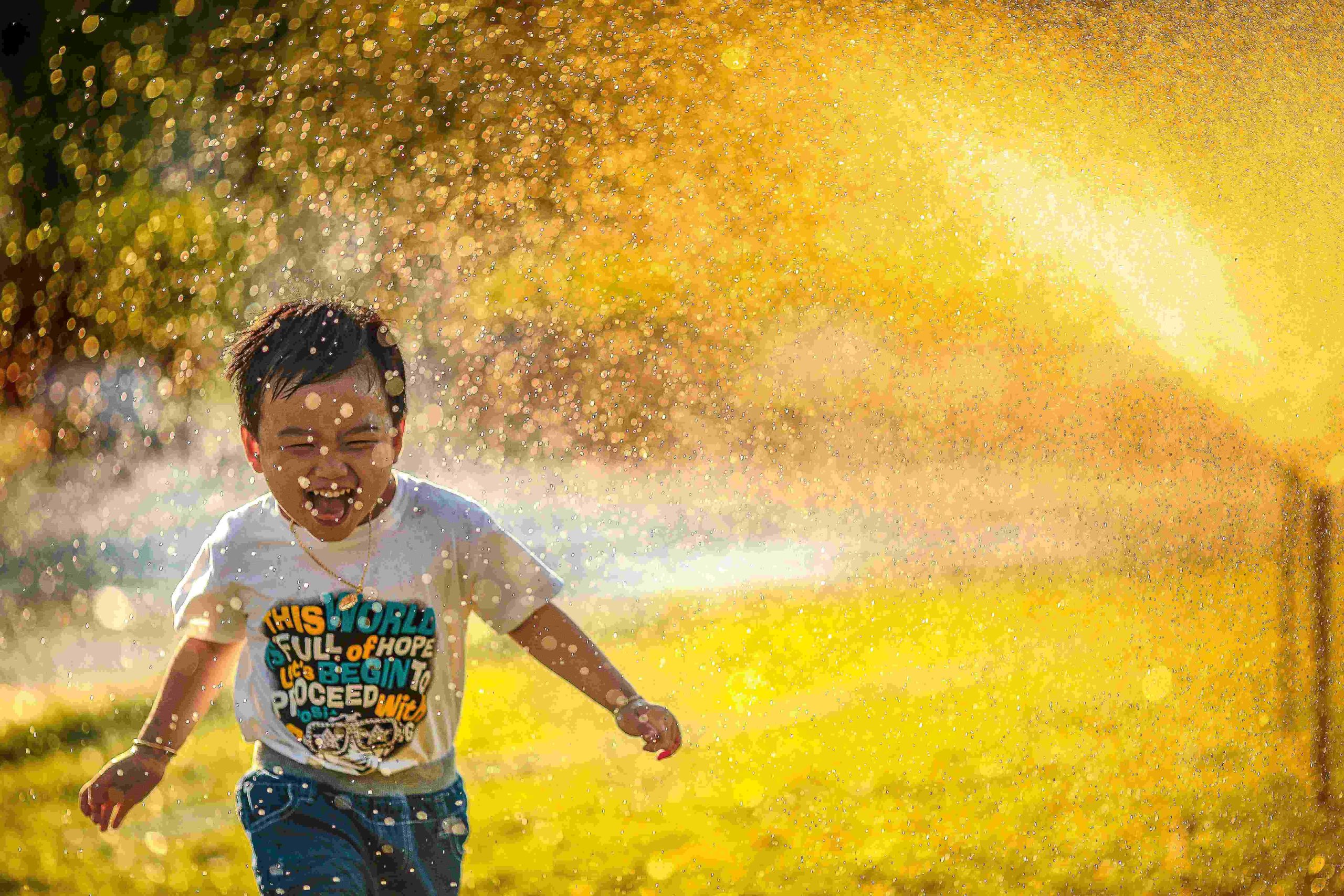
Exploring Natural Risk-Taking Behavior in Preschoolers
Preschoolers are known for their boundless energy and curiosity, often testing their limits and learning through trial and error. Some preschoolers stand out due to their natural inclination toward risk-taking, engaging in daring feats that set them apart from their peers. But what drives these little adventurers, and how can we understand and support their risk-taking tendencies?
Understanding Natural Risk-Taking
Not all preschoolers are natural risk-takers; many prefer caution and familiarity, focusing on safety before exploration. This variation in risk-taking behavior is normal and influenced by genetics, temperament, and environmental factors.
Factors Driving Risk-Taking Behavior
Genetics and temperament play significant roles in determining a preschooler’s risk-taking tendencies. Some are inherently more adventurous and confident, while others are more cautious and hesitant. Environmental influences, such as family attitudes toward risk, can also shape a preschooler’s approach to exploration and adventure.
Balancing Risk and Safety
While natural risk-taking can promote self-confidence and problem-solving skills, it’s crucial to maintain a safe environment. Guardians must provide opportunities for exploration while setting clear limits and boundaries to prevent risky behavior and ensure preschoolers’ safety.
Encouraging Positive Risk-Taking
Guardians can encourage and support natural risk-taking behavior by providing a safe environment, setting appropriate limits, and modeling safe risk-taking behavior themselves. It’s about striking a balance between exploration and safety to foster healthy development.
Impact of Risk-Taking Behavior
Natural risk-taking behavior can lead to increased self-esteem, adaptability, and independence. Preschoolers who engage in safe risk-taking learn valuable skills that prepare them for life’s challenges and opportunities.
Tips for Supporting Risk-Taking
- Safe Exploration: Provide a hazard-free play area with age-appropriate equipment.
- Set Limits: Clearly communicate boundaries and consequences for risky behavior.
- Encourage and Support: Motivate preschoolers to push their limits while offering guidance and assistance.
- Teach Problem-Solving: Help preschoolers develop creative solutions to challenges they encounter.
- Model Safe Behavior: Demonstrate responsible risk-taking to normalize and encourage positive behavior.
- Offer New Experiences: Introduce preschoolers to new activities and challenges in a safe and supportive manner.
Diverse Perspectives on Risk-Taking
Natural risk-taking behavior varies across genders, cultures, and developmental stages. Understanding these differences helps guardians support preschoolers’ individual needs and encourage healthy risk-taking behavior.
Conclusion
Natural risk-taking behavior in preschoolers is a complex yet valuable aspect of their development. By creating a safe yet stimulating environment and offering support and guidance, guardians can help preschoolers navigate risk-taking in a positive and beneficial way.


